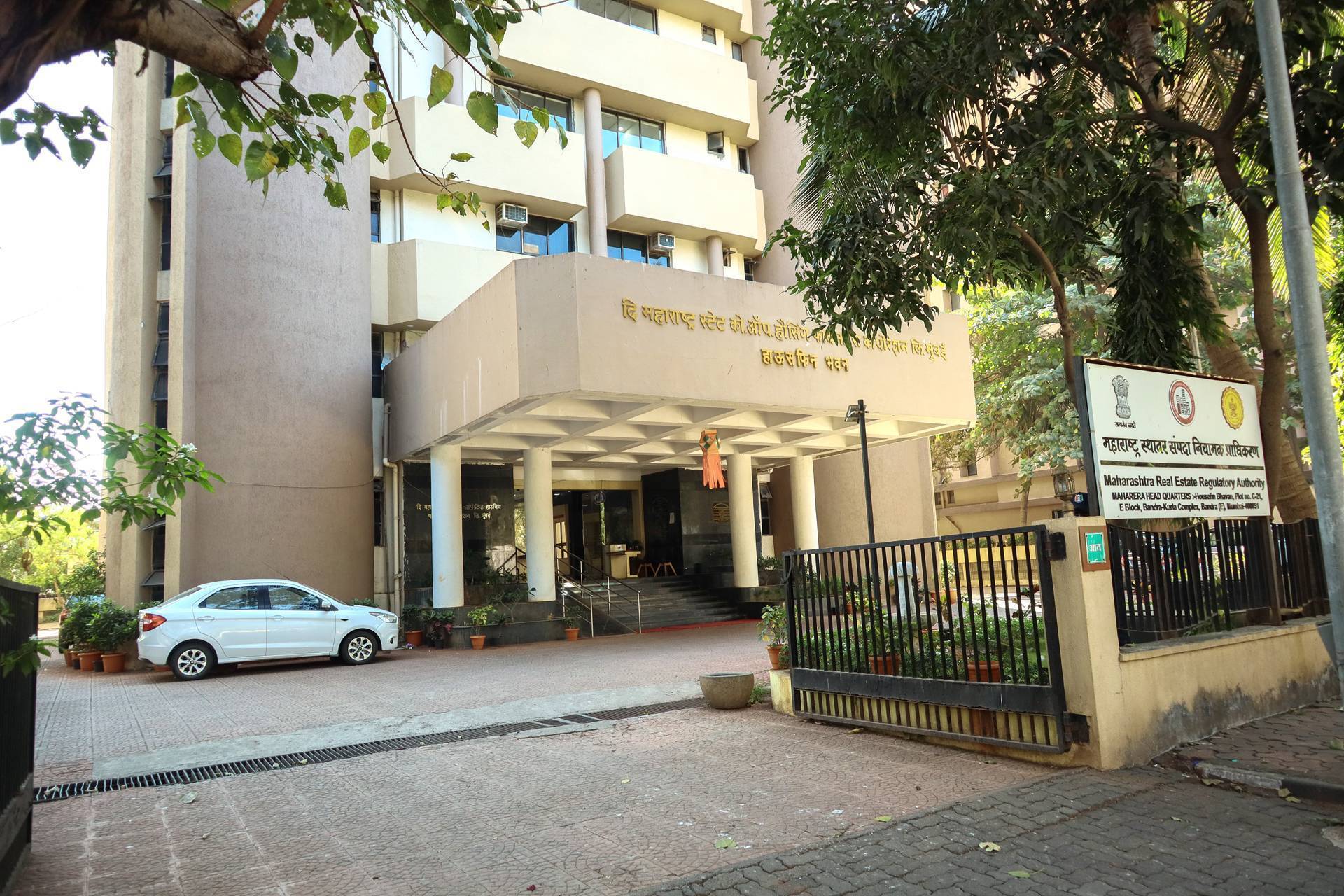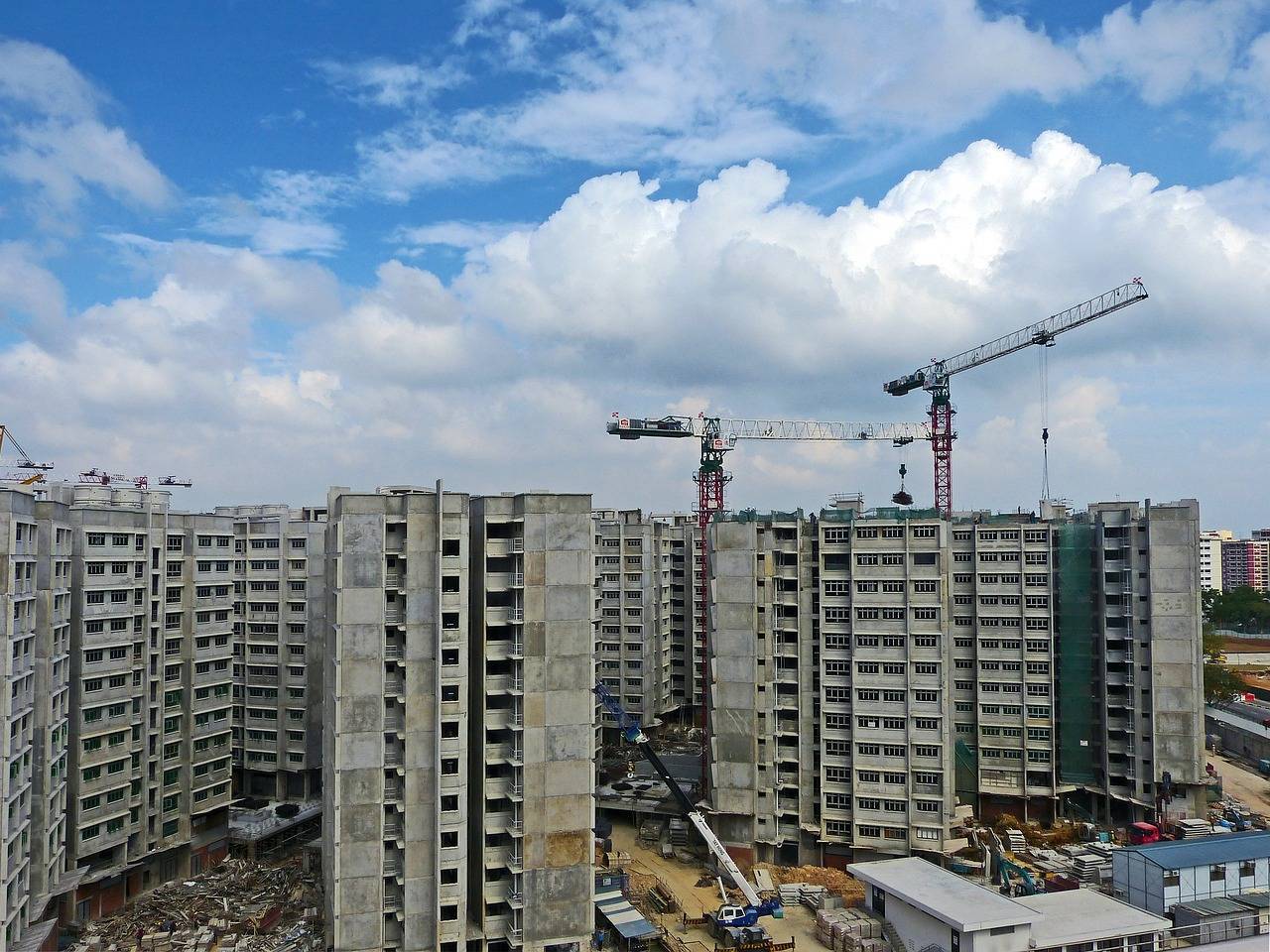MahaRERA Tightens Verification Process for Occupancy Certificates in Lapsed Projects
In a move aimed at curbing document-related irregularities in the real estate sector, the Maharashtra Real Estate Regulatory Authority (MahaRERA) has issued a directive to planning authorities across the state to verify the authenticity of Occupation Certificates (OCs) uploaded for 3,699 lapsed real estate projects. The directive, announced through an official statement, mandates the verification process to be completed within 10 days.
This step follows concerns raised over the misuse of forged documents for obtaining regulatory clearances, particularly after a notable fraud incident involving fake construction documents in the Kalyan-Dombivli region. MahaRERA’s instruction requires the planning authorities to confirm whether the uploaded OCs were indeed issued by them. The housing regulator clarified that in the absence of a response within the stipulated 10-day period, it will treat the submitted OCs as authentic and mark the respective projects as completed.
The 3,699 projects in question include:
- 1,819 projects in the Mumbai Metropolitan Region
- 1,223 projects in the Pune region
- 273 projects in the Nashik region
- 132 projects in the Chhatrapati Sambhajinagar region
- 84 projects in the Amravati region
- 168 projects in the Nagpur region
The developers of these lapsed projects had earlier received notices from MahaRERA. In response, they claimed that construction work was complete and subsequently uploaded the relevant OCs to the authority’s portal.
According to the statement, MahaRERA has already begun sending out letters to each respective planning authority along with the uploaded project details. The authorities have been asked to confirm whether the OCs have been officially issued by them and if the project complies with sanctioned building plans.
Failure to respond within the 10-day period will result in MahaRERA assuming the authenticity of the OCs, and any discrepancies discovered afterward will hold the concerned planning authority responsible. “In case of any inconsistencies identified later, the entire responsibility—legal, administrative, and financial—will rest with the planning authority,” the statement noted.
This verification initiative reflects a broader effort by MahaRERA to enhance transparency and prevent regulatory loopholes in project closures. Under current regulations, developers are required to register their housing projects with MahaRERA before initiating any sales. During construction, they must provide quarterly progress reports and annual audits. Once a project is completed, the OC issued by the local authority must be uploaded to the MahaRERA portal.
Only after MahaRERA acknowledges the validity of the OC can the developer withdraw the remaining funds from the project’s designated account. Following that, no further compliance updates are required, effectively closing the regulatory loop for that project.
An Occupancy Certificate is a mandatory document issued by the municipal corporation or local planning authority, certifying that the building has been constructed according to approved plans and that it is fit for habitation. It is a critical part of a housing project’s lifecycle, as buyers are advised not to occupy units in buildings that do not have a valid OC.
The recent move follows growing concerns about the authenticity of documents submitted to MahaRERA. In past cases, some developers submitted forged papers to falsely show completion, secure clearances, or gain access to escrow funds. The Kalyan-Dombivli fraud case had exposed vulnerabilities in the system, prompting MahaRERA to tighten controls and increase inter-agency coordination.
In light of these developments, MahaRERA’s latest directive aims to streamline the verification of completion status and safeguard the interests of homebuyers. It also puts planning authorities on notice, reinforcing their role in ensuring due diligence in certification processes.
With this measure, MahaRERA hopes to reduce the risk of buyers being misled by claims of completion and ensure that projects marked as “completed” on its platform genuinely meet safety and compliance requirements.
This verification drive is expected to act as a deterrent for fraudulent activity in the state’s real estate sector and strengthen regulatory oversight for all stakeholders involved.
Image source- maharera











